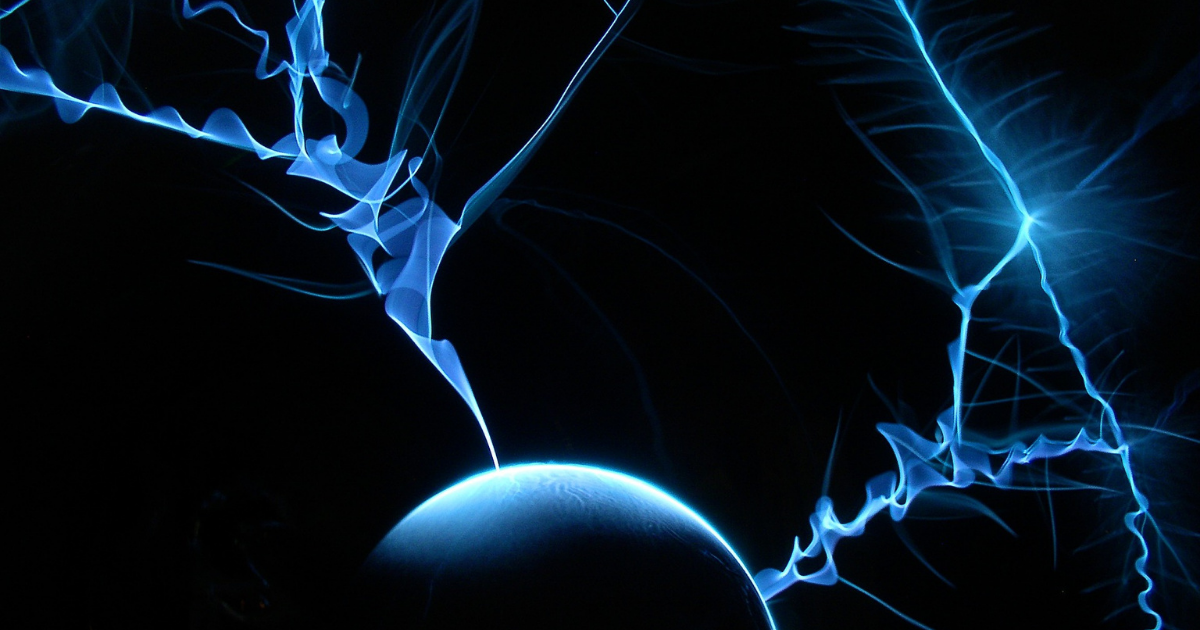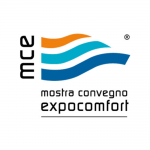
SC+Batteries: a single solution of capacity and power
How integrated hybrid systems optimise the use of energy, safeguarding the life cycle of electrochemical batteries and revolutionizing the electrification process.
Not the usual hybrid, but an innovative system that is revolutionizing the current energy sector, making it possible to accelerate the process of electrification now undertaken in many sectors. We are not talking about the well-known hybrid propulsion system consisting of a combustion engine and an electric motor, but of an innovative energy storage system, born from the integration of EDLC supercap and electrochemical batteries into a single device. A technology that guarantees capacity and power in a single solution, as well as higher performance, safety and reliability, with the consequent reduction of costs and environmental impact.
Forerunner of this revolution is undoubtedly the most common problem that grips traditional electrochemical batteries: the duration of their life cycle. Lead or lithium electrochemical batteries are the quintessential energy storages, yet there are many areas where a viable alternative is being sought. The causes of this orientation are manifold. First of all the low expectation linked to the duration of their life cycle. In fact, the life cycle of an electrochemical battery varies in a narrow time range, ranging from 6 months up to a maximum of 4/5 years. Given the variety of factors influencing this duration, it is not possible to identify them specifically. However, the sudden degradation that characterises such devices is given by their nature. Their operation, in fact, is based on an electrochemical principle and their damage in the short time is due to the chemical reactions that take place within them, which involve the modification of the structure of the electrodes until deterioration. Internal electrochemical reactions can be identified as the main cause of battery damage, but not the only one. It is possible to affirm with certainty that other factors also have an impact: mainly the absorption of power peaks and the sudden changes of current to which they are subjected.
Factors that allow to easily understand how in the time has grown the interest towards the employment of the supercap and, in particular, towards the employment of hybrid integrated systems SC+Batteries, the efficiency of which is precisely due to the complementarity of supercap functions with those of electrochemical batteries. In fact, supercaps do not guarantee autonomy to the technologies on which they are installed, because with the same mass and volume they accumulate a lower amount of energy than batteries. On the other hand, they guarantee a high power, that is the supply of energy accumulated in a very short time (less than a minute) without damaging its components. Correspondingly, supercaps can recharge very quickly. This is thanks to the electrostatic principle on which their operation is based. A principle that also involves higher expectations on their life cycle, since, unlike traditional electrochemical batteries, they can live up to 20 years and guarantee over 1,000,000 charging cycles without exhibiting a significant degradation of performance.
If we want to translate on a practical level the complementarity of supercap functions with those of electrochemical batteries, imagine driving a hybrid car that recovers energy during braking. When we stop, observing the driver’s display, we notice that, after a little pressure on the brake, the amount of energy recovered is already maximum and it is not possible to recover further, involving the application of mechanical brakes that dissipate energy in heat. This is because traditional electrochemical batteries do not allow a higher energy accumulation than the one indicated on the display, in order not to damage. An integrated hybrid SC+Batterie system, on the other hand, recovers all the energy during braking, safeguarding the electrochemical batteries whose function in this case consists only in the supply of energy for a long time, thereby increasing the life-cycle.
Therefore, it is easy to deduce how the complementarity of supercap and batteries can be extended to multiple fields of application that require high power and high energy, making their integrated use essential.
For this reason, interest and demand for hybrid integrated systems developed by Captop are growing in many sectors. Systems in which the supercap absorb power peaks and respond to sudden changes in current, leaving the batteries the task of providing energy in stationary situations or slow variations. In this way the use of energy is optimized, safeguarding the functioning of the batteries and increasing the life cycle, so as to ensure all the benefits that derive in economic and ecological terms, as well as ensuring the acceleration of the electrification process that is now widespread in most of the production sectors at a global level.
CapTop








Recent Comments